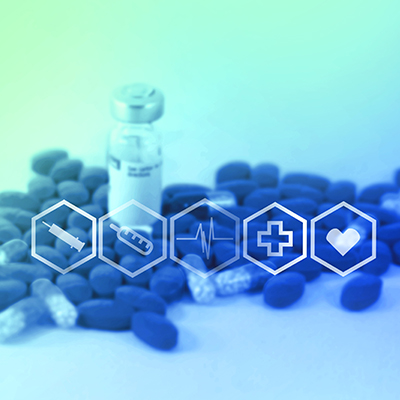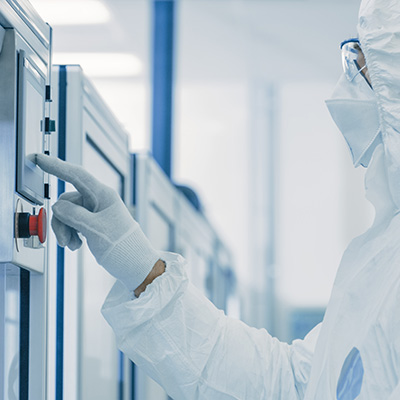January 14, 2021 -- Great strides have been made in the development of gene editing tools in the past decade, but translating the technology into real therapies to treat patients has taken longer than expected. How to accelerate this process was the subject of a panel discussion on January 13 at the Biotech Showcase virtual event.
Technologies developed to correct gene mutations, either through gene editing or gene addition, have the potential to cure rare genetic diseases with a single treatment administration. However, with hundreds of rare diseases, small patient populations, and limited or complex regulatory pathways, gene therapy development currently occurs at a pace that does not meet the needs of patients.
Developers and regulators are looking at ways to streamline the process, such as through regulatory "cookbooks" that can streamline product approvals, and platform approaches to product development in which treatments created for one disease can be adapted for other uses by adding standardized components.
Creating the gene therapy 'cookbook'
Gene therapy companies need to stop reinventing the wheel with every product that they develop, according to Dr. Peter Marks, PhD, director of the Center for Biologics Evaluation and Research at the U.S. Food and Drug Administration (FDA). The FDA is collaborating with the Foundation for the National Institutes of Health on the Bespoke Gene Therapy Consortium, a project to develop a "cookbook" for the use of streamlined templates, master regulatory files, and uniform production processes.
The goal of the program is to determine at each step in the development process what information and data can be reused or adapted to come up with a sustainable way to get gene therapy products through the regulatory process.
"Until industry sees value added here, and until they see a [viable] path forward that they should put capital in, patients are going to be at a disadvantage," said Marks.
The next step toward achieving this goal is to demonstrate that the cookbook can be put together so that companies can start to follow it and iterate to figure out what the critical parameters are and what can be streamlined.
"What's going on right now is parallel play instead of interactive play, and I think that if we get to the interactive play mode we may make more headway," noted Marks.
Be cautious of a halo effect
Marks explains that it is often devastating to tell patients that a treatment is not ready for clinical use, even if the patient is so desperate that they are willing to receive it despite the risks. Yet, regulators and practitioners must balance this with the fact that when bad things do happen it can potentially set the entire industry back.
This can create a halo effect, where an adverse event that occurs due to specific conditions related to a single rare disease causes others to balk at gene therapy generally and regard it as dangerous.
"We don't have the solution right now except to take calculated risks," Marks said. "But the only way that we are going to get better at this is by doing it a lot."
Ultimately, the goal is to know the constraints of technology, manufacturing, and clinical outcomes. This way, the industry can know where they can have a little latitude on things and where they really must have things spot on.
"And we are not there with gene therapy yet," added Marks.
But turning gene therapy into a platform model may be an avenue forward.
Delivery is the gatekeeper
Most gene therapies currently under development use viral vectors to deliver DNA payloads into targeted cells. Because of the in vivo nature of gene therapies, delivery systems are a crucial component to many therapies, but are notoriously difficult to manufacture and reproduce.
While the industry has done a great job at engineering gene editing tools that work in vitro, there is a lack of sophistication when it comes to getting that technology into cells, according to Nicole Gaudelli, PhD, director and head of gene editing technologies at Beam Therapeutics.
"As delivery evolves, we will start realizing the full potential of all [gene] therapies," Gaudelli said.
This is something the entire industry needs to continue to think about moving forward, added Nick Leschly, chief officer at Bluebird Bio.
Setting the groundwork for the 'cassette switch' evolution
As discussed by the panel, gene therapy as a platform approach might involve unique gene cassettes for specific diseases that are simply added to all of the other common components that have already been created. In this way, a new therapy could be designed by switching one set of genes from an existing therapy with new genes for another disease. This process would allow for the treatment of many more diseases and save developers hundreds of millions of dollars in development and regulatory costs.
While this is an attractive idea, there are many hurdles that the industry must overcome before this can become a reality. The gene therapy cookbook could be instrumental in setting manufacturing, regulatory, and clinical standards and pushing the industry closer to this goal.
However, this may take some time, maybe five to 10 years, to get there, as Leschly explained. Each disease still has its own unique elements and must be carefully considered. But if the ecosystem can come together to define efficient and effective technologies, it may take less time than we expect.
In order to turn gene therapy into more of a platform-based approach, some variables need to be controlled for so that a common regulatory pathway can be established. In the beginning, strong clinical evidence needs to be produced from select disease models to provide evidence that the platform technologies are effective. This will take time and will require patient populations to be patient, according to Marks. But this is the best way to de-risk the pathway.
"All diseases are important, but we need a few successes to jumpstart the process," noted Marks.
Do you have a unique perspective on your research related to gene therapy research? Contact the editor today to learn more.
Copyright © 2021 scienceboard.net










